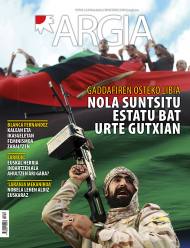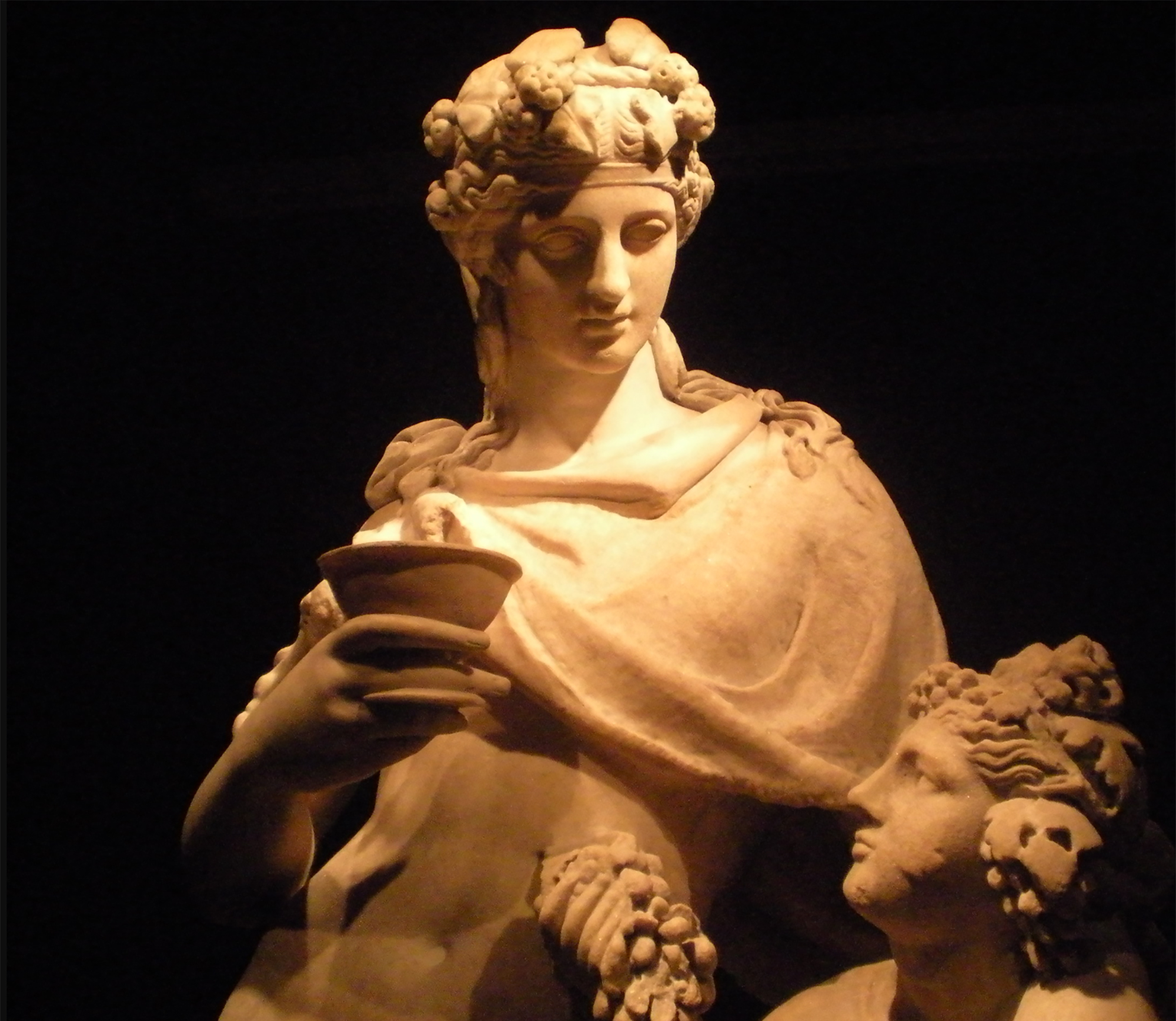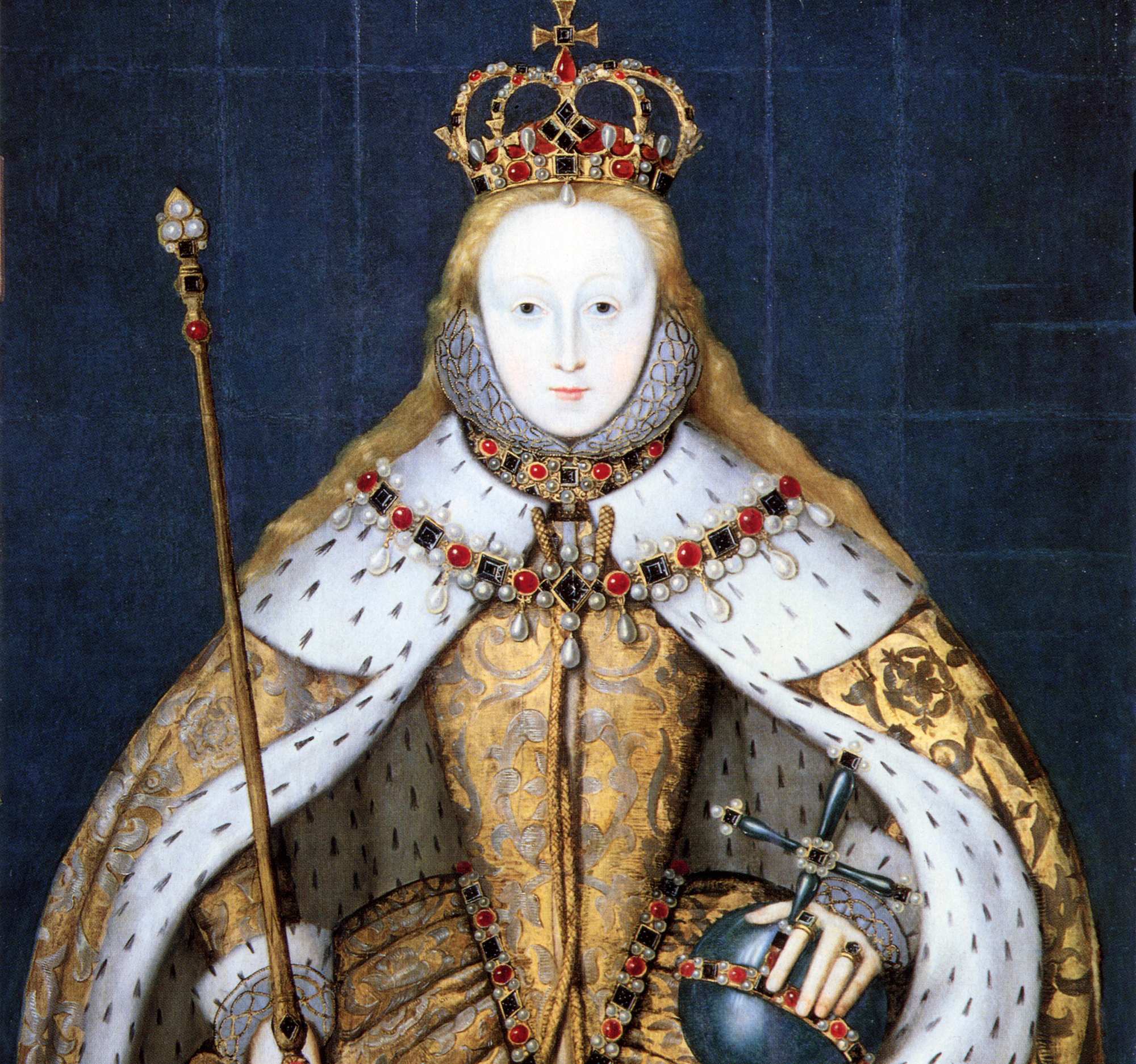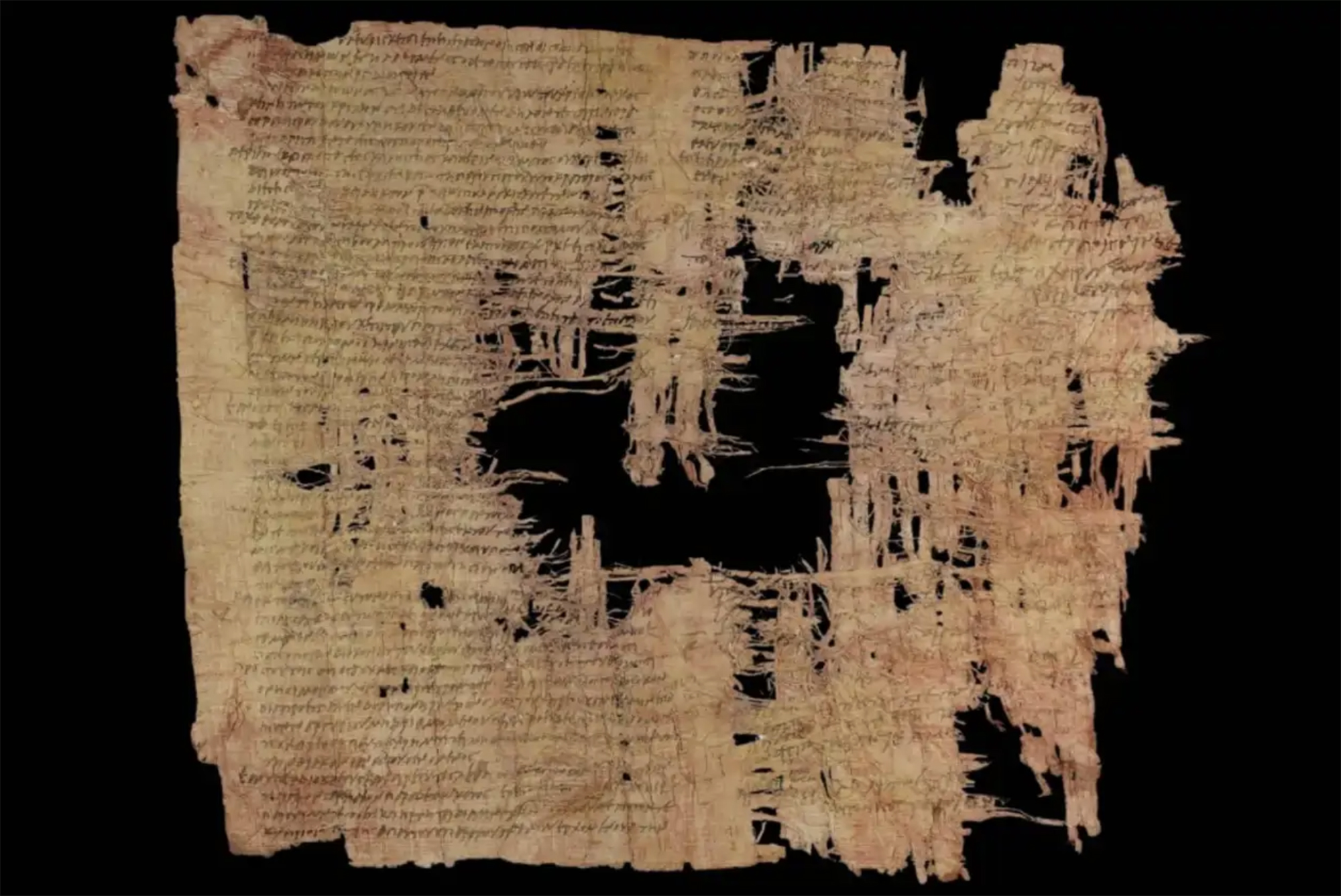Usual post-traumatic stress
- London, 1915. The English psychologist Charles Myers (1873-1946) first used the term “shell shock” in the medical journal The Lancet to describe what was happening to many soldiers fighting on the fronts of World War I.

Without any physical injury, with no apparent cause, they presented symptoms such as amnesia, vibrations, nightmares, loss of vision and ability to speak… The psychologist attributed the new evil to the immense ammunition and heavy artillery that was first used in that conflict and that is why he named it. Others would call it war neurosis, and today it's called posttraumatic stress disorder (PTSD).
Without a clear and verifiable explanation, for many military chiefs it was a cowardice, and dozens of soldiers were sentenced to death. Some efforts were also made to alleviate these symptoms more effectively – and keep the number of soldiers on the front line – giving patients a break for several days, but in 1917 the British Army completely banned the diagnosis and was also censored in non-military medical documents. That disease was a taboo even for its enemies. It is rumored that Adolf Hitler, a soldier during World War I, was temporarily blind, but then carefully erased all the evidence.
However, the TOEN caused by the war was not new. Herodotus (c. 484-425) Battle of Marathon (c. 490) said in a passage: “In that battle a strange miracle happened: in the midst of battle, the Athenian Epicelo, the son of Kufagoras, a noble soldier, suddenly ceded, without receiving close blows or distant arrows, and since then was blinded for life.”
And in 2015, researchers Jamie Hacker Hughes and Walid Abdul-Hamid discovered older TOEN remains, with the analysis of Assyrian texts from 3,300 years ago. These texts describe the nervous attacks of fighting soldiers, the vibrations of the extremities and, above all, the nightmares. For them the world of dreams was closely linked to the world of the dead. The relationship they maintained with the dead while they slept was also physical. For example, many illnesses were thought to be infected by the dead in dreams. At night, this direct relationship with his dead and enemies exerted a powerful influence on his soldiers. The cyclical military system of the Assyrians would at least help them to alleviate the disease; after one year of military exercise, they worked one more year on public works.
Thus, it can be concluded that post-traumatic stress disorder caused by war is as old as war itself. And that in ancient times it was the disease with greater sensitivity and understanding than in the early twentieth century.
Linear A is a Minoan script used 4,800-4,500 years ago. Recently, in the famous Knossos Palace in Crete, a special ivory object has been discovered, which was probably used as a ceremonial scepter. The object has two inscriptions; one on the handle is shorter and, like most of... [+]
Londres, 1944. Dorothy izeneko emakume bati argazkiak atera zizkioten Waterloo zubian soldatze lanak egiten ari zela. Dorothyri buruz izena beste daturik ez daukagu, baina duela hamar urte arte hori ere ez genekien. Argazki sorta 2015ean topatu zuen Christine Wall... [+]
Bilbo, 1954. Hiriko Alfer eta Gaizkileen Auzitegia homosexualen aurka jazartzen hasi zen, erregimen frankistak izen bereko legea (Ley de Vagos y Maleantes, 1933) espresuki horretarako egokitu ondoren. Frankismoak homosexualen aurka egiten zuen lehenago ere, eta 1970ean legea... [+]
Japonia, XV. mendea. Espioitzan eta hilketa ezkutuetan espezializatutako eliteko talde militarra sortu zen. Edo horixe uste du behintzat Stephen Turnbull historialari britainiarrak. Beste aditu batzuen ustez, askoz lehenago sortu ziren ninjak, duela 2.300-2.500 urte inguru. Eta... [+]
Eskultura grekoerromatarrek bere garaian zuten itxurak ez du zerikusirik gaurkoarekin. Erabilitako materiala ez zuten bistan uzten. Orain badakigu kolore biziz margotzen zituztela eta jantziak eta apaingarriak ere eransten zizkietela. Bada, Cecilie Brøns Harvard... [+]
Chão de Lamas-eko zilarrezko objektu sorta 1913an topatu zuten Coimbran (Portugal). Objektu horien artean zeltiar jatorriko zilarrezko bi ilargi zeuden. Bi ilargiak apaingarri hutsak zirela uste izan dute orain arte. Baina, berriki, adituek ilargietan egin zituzten motibo... [+]
Hertfordshire (Ingalaterra), 1543. Henrike VIII.a erregearen eta Ana Bolenaren alaba Elisabet hil omen zen Hatfield jauregian, 10 urte besterik ez zituela, sukarrak jota hainbat aste eman ondoren. Kat Ashley eta Thomas Parry zaintzaileek, izututa, irtenbide bitxia topatu omen... [+]
Luxorren, Erregeen Haranetik gertu, hilobi garrantzitsu baten sarrera eta pasabide nagusia aurkitu zituzten 2022an. Orain, alabastrozko objektu batean Tutmosis II.aren kartutxoa topatu dute (irudian). Horrek esan nahi du hilobi hori XVIII. dinastiako faraoiarena... [+]
AEB, 1900eko azaroaren 6a. William McKinley (1843-1901) bigarrenez aukeratu zuten AEBetako presidente. Berriki, Donald Trump ere bigarrenez presidente aukeratu ondoren, McKinleyrekiko miresmen garbia agertu du.
Horregatik, AEBetako mendirik altuenari ofizialki berriro... [+]
Urruña, 1750eko martxoaren 1a. Herriko hainbat emakumek kaleak hartu zituzten Frantziako Gobernuak ezarritako tabakoaren gaineko zergaren aurka protesta egiteko. Gobernuak matxinada itzaltzeko armada bidaltzea erabaki zuen, zehazki, Arloneko destakamentu bat. Militarrek... [+]
In the Maszycka cave in Poland, remains of 18,000 years ago were found at the end of the 19th century. But recently, human bones have been studied using new technologies and found clear signs of cannibalism.
This is not the first time that a study has reached this conclusion,... [+]
Porzheim, Germany, February 23, 1945. About eight o’clock in the evening, Allied planes began bombing the city with incendiary bombs. The attack caused a terrible massacre in a short time. But what happened in Pforzheim was overshadowed by the Allied bombing of Dresden a few... [+]
Judea, 2nd century AD. In the turbulent atmosphere of the Roman province, a trial was held against Gaddaliah and Saul, accused of fraud and tax evasion. The trial was reported on a 133-line paper in Greek (pictured). Thinking that it was a Nabataean document, the papyrus was... [+]
Poloniar ikerlari talde batek Sevillako Italica aztarnategiko Txorien Etxea aztertu du, eta eraikinaren zoruko mosaikoak erromatar garaiko hegazti-bilduma xeheena dela ondorioztatu du.
Txorien etxean 33 hegazti daude mosaikoetan xehetasun handiz irudikatuta. Beste... [+]
Vietnam, February 7, 1965. The U.S. Air Force first used napalma against the civilian population. It was not the first time that gelatinous gasoline was used. It began to be launched with bombs during World War II and, in Vietnam itself, it was used during the Indochina War in... [+]

























